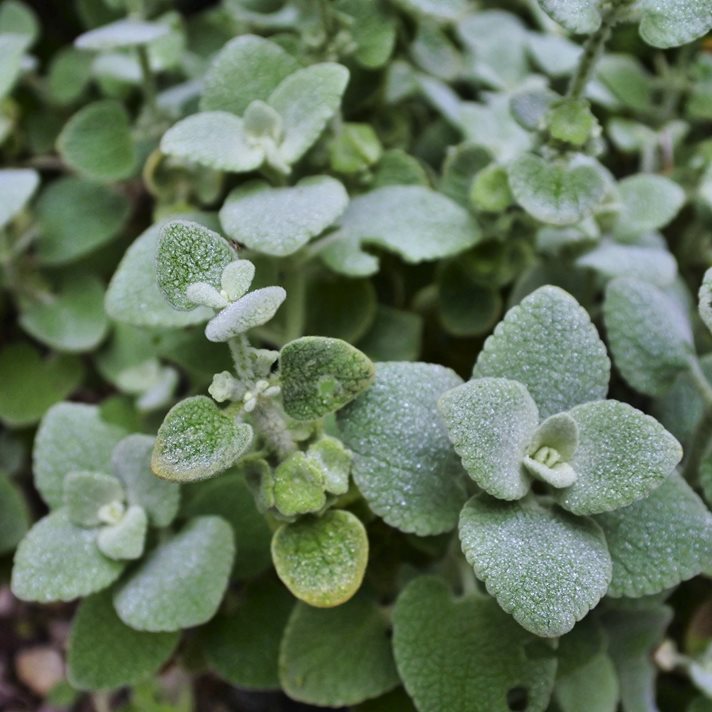Sustainable Gardening

There is no shying away from the fact that climate change is a real issue which needs to be addressed now. Headlines keep telling us that unless we make changes, global warming temperatures will surpass the 2°C target. There are changes and choices people can make, including in the gardening sector, to enable us to be more sustainable.
The RHS COP26 garden that featured at The Chelsea Flower Show back in September was a fantastic example of what would happen to our gardens if we don’t make changes against how they might look if we do. The garden was split into four quarters titled – decline, adaption, mitigation and balance.
Although planting a tree or adding a new hedge or shrub alone will not combat climate change, they will go a long way to acting as a ‘carbon sink’. As they grow CO
2 is passed through leaves and then converted into carbohydrates, enabling them to grow. The carbon is contained within the plant all the while it is alive.
Selecting the correct plants for your aspect and soil conditions means you shouldn’t need to be watering them after initial establishment. Using a watering can filled from a water butt instead of a hosepipe means you are directing water where you need it, not using more than you need and all that stored rainwater mitigates surface water runoff. Putting down a good layer of mulch will conserve all of this water once in the soil.
When choosing plants think about ones which naturally come from drier environments to tolerate periods of drought. Select plants that are long-lived, benefit pollinators and don’t be afraid to mix non-native and native plants. Having a more diverse range will mean pests can’t take hold so will cut down your need to use chemicals.
If possible, buy plants that have been grown in peat-free compost, such as wood fibre or coir, and either recyclable containers or coir fibre ones to cut down on single use plastics. Buying bare root or rootballed plants in the autumn does away with the need for a container altogether.
Allowing the lawn to grow long or using alternatives such as Camomile, or meadowturf will mean less need for mowing. If you have to mow, consider a robotic or electric mower over petrol. This goes for hedge trimmers and other power tools too.
Careful thought should be given to hard landscaping materials also. Trickier, as the majority of products out there will have had some impact on the environment. Wherever possible recycle, upcycle and use reclaimed materials. Minimise the use of concrete and areas of non-permeable paving instead selecting permeable options like gravel, ideally from a local source. Eco friendly options, such as composite decking and cladding, are a mixture of wood fibres and plastic that would invariably end up in landfill.
You could also turn your hand to making a compost bin, which would alleviate some of the green waste collection issues people have experienced this year. Hotbins have a quicker turnaround time, but don’t produce such a fine texture of organic matter as traditional composting does.